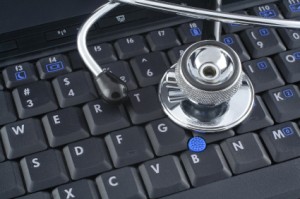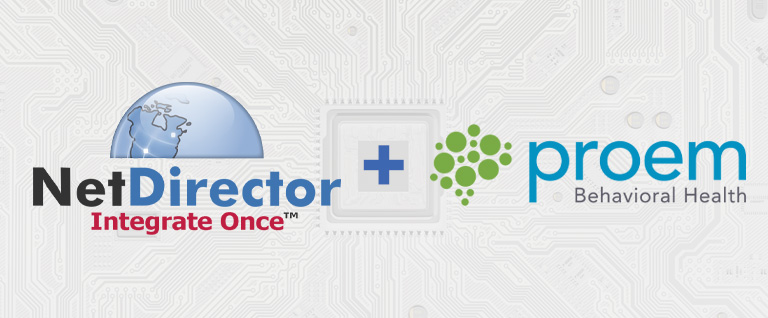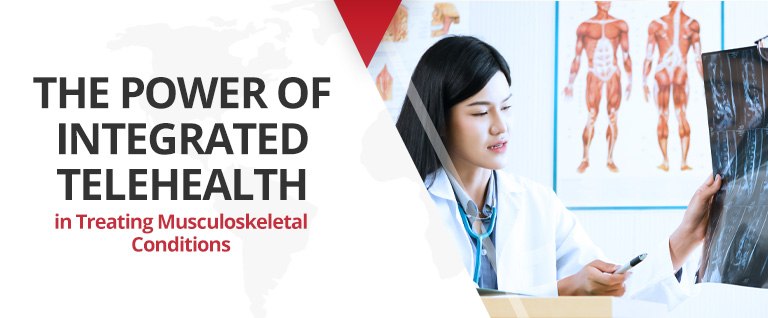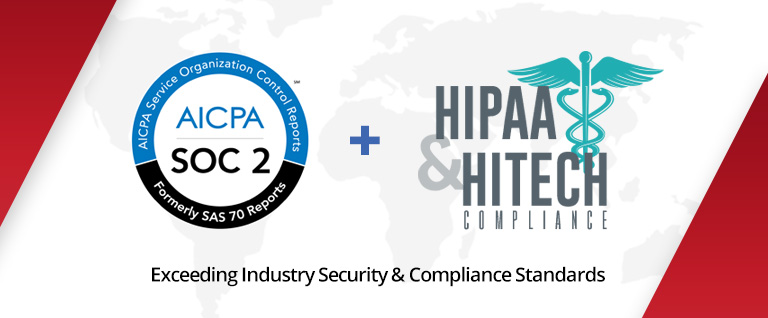
Recent research by global consulting firm McKinsey forecasts the potential economic impact of the Internet of Things (IoT) — sensors and actuators connected by networks to computer systems — to reach a range of roughly $4 trillion to $11 trillion per year by 2025. That valuation would be equivalent to about 11 percent of the world economy 10 years from now.
McKinsey identifies nine settings in which IoT applications will deliver value:
Human — devices attached to or inside the human body to maintain and monitor health and wellness
Home — buildings where people live, equipped with controllers and security systems
Healthcare providers have found wearableRetail — spaces where consumers engage in commerce, with opportunities for self-checkout, in-store offers and inventory optimization
Offices — spaces that house knowledge workers; opportunities for energy management and security, as well as improved productivity, especially for mobile employees
Factories — standardized production environments; opportunities with repetitive work routines, operating efficiencies and optimization of equipment use and inventory
Worksites — custom production environments such as mining, oil and gas, construction; opportunities for increased operating efficiencies, predictive maintenance and health and safety of workers
Vehicles — systems inside moving cars, trucks, ships, aircraft and trains; opportunities for condition-based maintenance, usage-based design
Cities — public spaces and infrastructure in urban environments; opportunities for adaptive traffic control, smart meters, environmental monitoring and resource management
Outside — areas between urban environments, including railroad tracks and autonomous vehicles (outside urban locations); opportunities for flight navigation, real-time routing and shipment tracking

“We find that when IoT systems communicate with each other, their value is multiplied,” the report says, “which makes interoperability essential for maximizing benefits.
Indeed, an estimated 40 percent of the total potential value of IoT requires multiple systems to work together. Moreover, additional value can be created through connection of consumer and business-to-business IoT systems (e.g., consumer health monitors linked to providers’ and payers’ services).
McKinsey also predicts IoT benefits accruing over time. For example, a factory owner may be able to buy more efficient machinery designed using IoT data from older products currently in use. Or perhaps sensor data could identify how much certain machines are being used, enabling the manufacturer to charge by usage or “as-a-service” rather than outright purchase price.
“At the current stage in the evolution of the IoT industry, the complexity of IoT systems, the limited capabilities of many customers to implement them, and the need for interoperability and customization, provide opportunities for hardware, software and service providers (installers, systems integrators, and so on) to provide ‘end-to-end’ IoT solutions to meet specific needs,” the report states. “Over time, more ‘horizontal’ platforms might emerge. For IoT technology suppliers, the bases of competition will likely include distinctive technology, distinctive data, software platforms and the ability to provide complete solutions.
These directions match up well with NetDirector’s approach to technology integration in the mortgage banking, healthcare and field services industries we serve. NetDirector provides a single point of contact for setup, testing, configuration and production cutover, thereby reducing customer IT involvement and reducing implementation timeframes. We follow that up with full commitment to ongoing customer support.
In a rapidly changing environment, it makes sense to rely on a company already aligned with “macro” changes. To learn how your organization can achieve interoperability faster with fewer in-house resources and lower set-up costs, request your free demo today.




